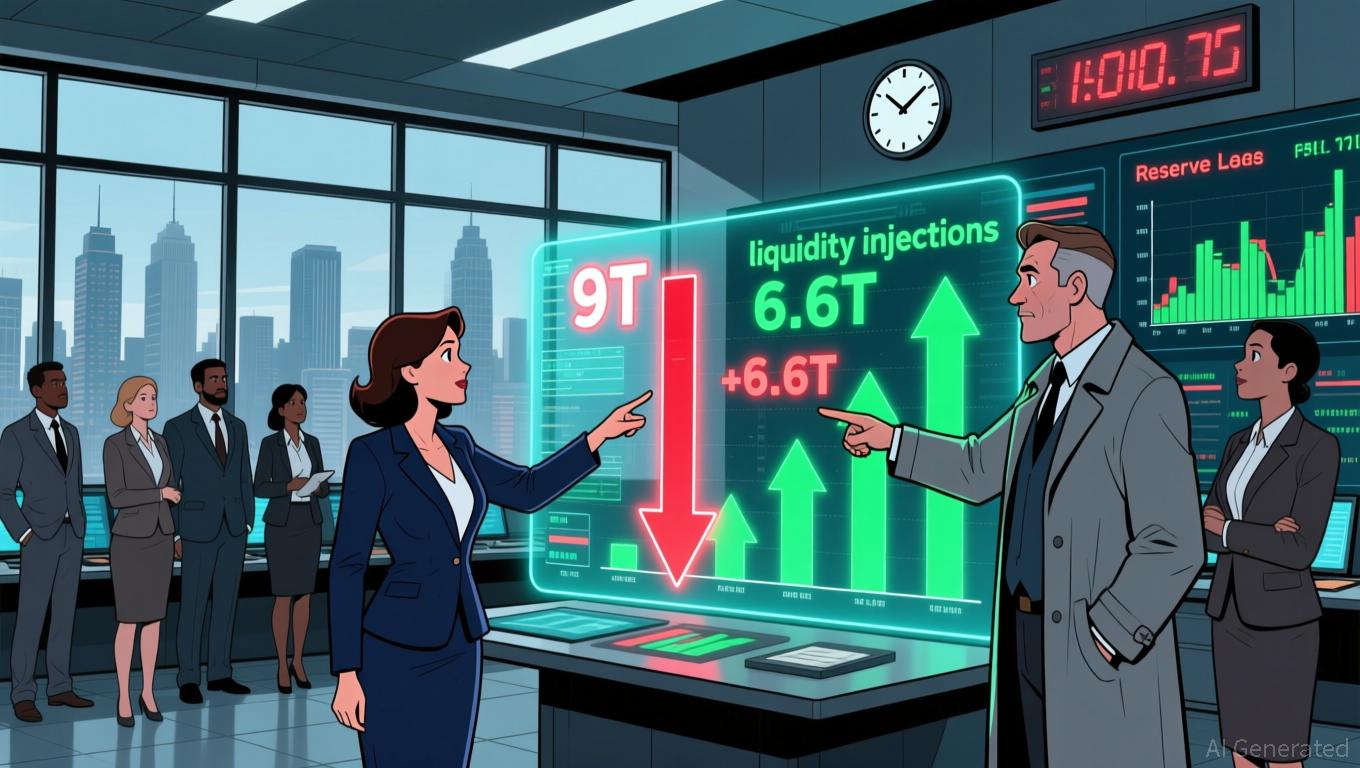The newest Fed Governor, Stephen Miran, noted that a broad adoption of stablecoins could lower the neutral interest rate (r-star) in the medium term. To continue supporting a healthy economy, the central bank would then need to set short-term policy rates lower than would otherwise be necessary.
Miran warned in a speech at the BCVC Summit 2025 that the growing use of U.S. dollar-backed stablecoins increases the supply of available credit - thereby lowering r-star and forcing policy rates downward. At the same time, global demand for U.S. Treasuries rises because stablecoins increasingly require dollar-denominated assets. This dynamic could help the U.S. government refinance at more favorable conditions - but also introduces a new variable for monetary policy.
In-depth analysis with concrete data
According to Miran, even a conservatively estimated growth in stablecoins is already sufficient to create downward pressure on interest rates of several basis points. In his presentation, he referred to a possible reduction of about 40 basis points in the neutral rate level. He pointed out that most stablecoins are denominated in U.S. dollars, meaning their spread directly increases the attractiveness of dollar assets.
He also recalled the phenomenon of “global savings surpluses” in the early 2000s, which had long-term effects in pushing U.S. interest rates lower. Stablecoins, according to the Fed Governor, could now have a similar impact.
“The American capital markets are the largest in the world and help support economic growth, finance new ideas, and allocate capital efficiently. However, our financial infrastructure, much like our physical infrastructure, could benefit from renewal. Stablecoins could play a leading role here, facilitating dollar holdings and payments both domestically and internationally. Since their introduction a decade ago, stablecoins have been widely studied, but given the potential for a rapid increase in issuance, it is now all the more urgent to consider what broad adoption might mean for monetary policy in the U.S. and abroad.” - Fed Governor Stephen Miran
Current market data and Fed-focused observations
In October 2025, the global market capitalization of U.S. dollar-backed stablecoins reached around USD 278 billion, an increase of more than 20% since Trump took office in the spring. Within this development, USDT (Tether) holds roughly 59% of the market share, followed by USDC (Circle) at about 25%.
For investors and market participants, Miran’s message is clear: stablecoins are not merely payment tools or trading vehicles but can also have macroeconomic implications. If the Fed’s neutral rate must be permanently lowered, this could bring greater opportunities for risk assets, but also the danger of an extended period of low interest rates and potential systemic risks.


